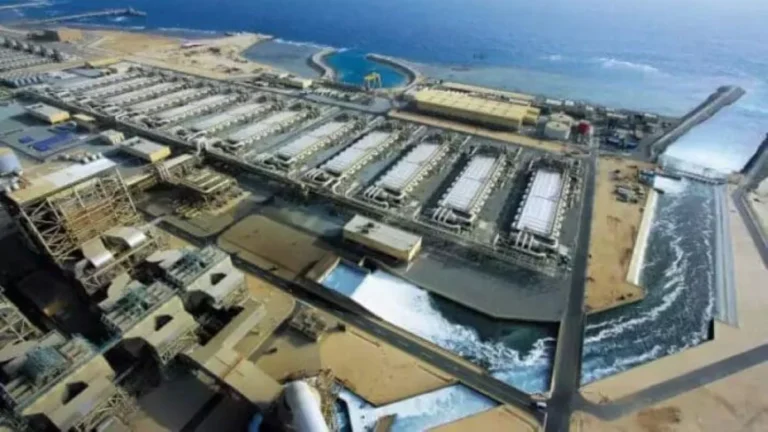To address the serious threat of drought, Morocco is implementing an innovative and strategic solution: the installation of 200 mobile seawater desalination stations by the end of 2025. This initiative aims to provide drinking water to approximately 3 million inhabitants of rural areas, in a context of increasingly concerning water scarcity.
These mobile units, relatively low-cost and easily deployable, will strengthen the country’s arsenal to tackle water shortages. Currently, 40 mobile stations are already in operation, and the new units, with production capacities ranging from 360 to 3,600 cubic meters of water per day, will be gradually added throughout 2025. The average cost per station is about 1.3 million dollars, a moderate investment for a potentially major impact on rural communities.
The flexibility of these stations is one of their major assets. Their production capacity can vary from 10 to 100 liters per second, allowing them to be adapted to specific needs, depending on geographical and demographic priorities. They use advanced technologies capable of efficiently desalting seawater, even when it contains high levels of minerals. These features make them ideal solutions for rapid deployments in regions suffering from chronic water deficits.
Beyond the immediate response to the water crisis, this approach is part of a broader national strategy. Morocco aims to diversify its water supply sources and ensure a regular distribution of drinking water, particularly in the most vulnerable areas. The government is being proactive in the face of the challenges posed by climate change, and these mobile stations prove to be a flexible and rapid response to fluctuations in water resources.
By 2030, Morocco plans to desalinate nearly half of its drinking water consumption using technologies such as these mobile stations. Aware of the increasing insufficiency of groundwater and surface water resources, and facing an expected decrease in precipitation of 11% by 2050, authorities are betting on desalination to secure water supply while preparing infrastructure for the long term.
This initiative adds to a set of measures aimed at mitigating the effects of drought, with the goal of ensuring comprehensive coverage of drinking water needs, both in rural and urban areas, in a context of climate change that could exacerbate the water crisis in the coming years.


